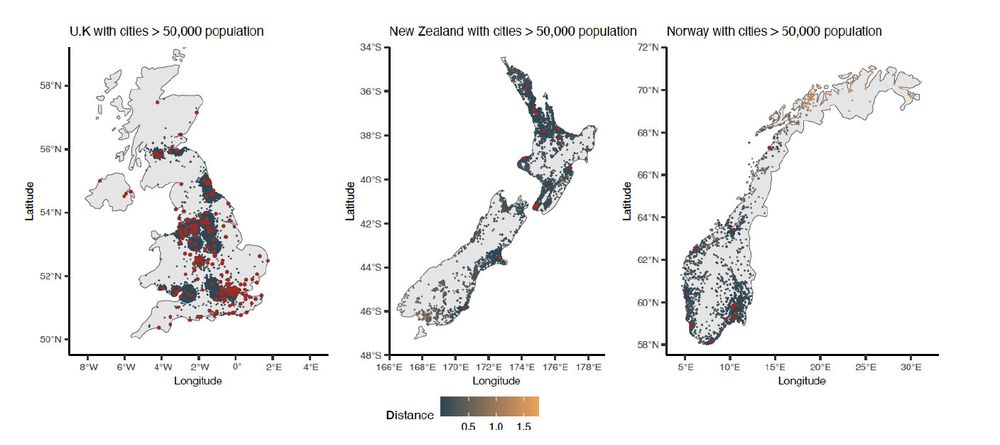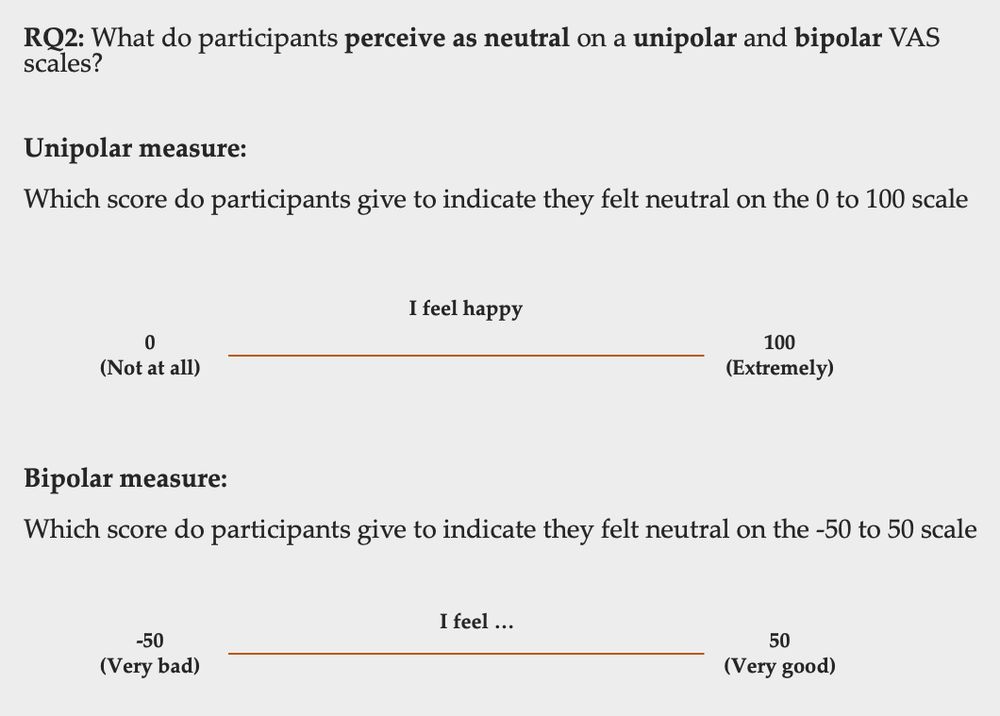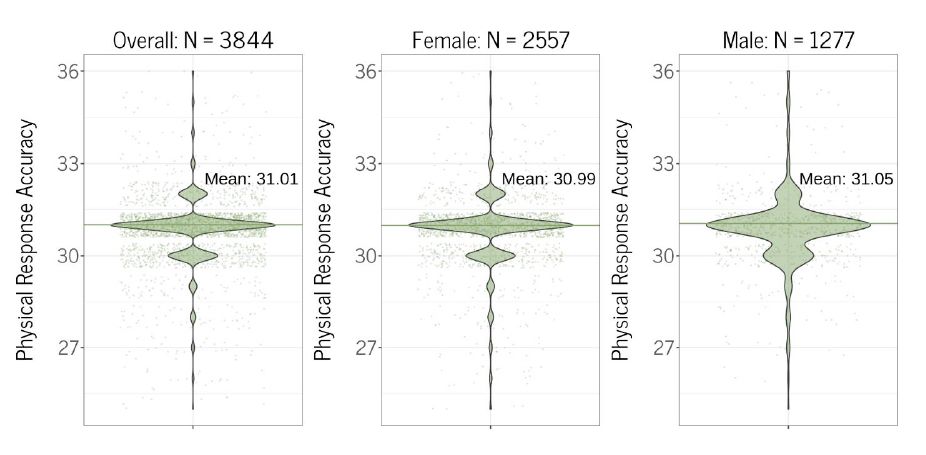
Head of Oxford EDGE Lab | @edgelab.bsky.social.
Clinical Psychologist | Public Health | Statistics.
I study how people transition into and recover from mental disorders.
The real credit goes to the students: teaching such talented minds is a privilege
📸 Thanks to my lovely colleague, Kate Nation
@ox.ac.uk @oxexppsy.bsky.social @magdalenoxford.bsky.social

The real credit goes to the students: teaching such talented minds is a privilege
📸 Thanks to my lovely colleague, Kate Nation
@ox.ac.uk @oxexppsy.bsky.social @magdalenoxford.bsky.social
My gratitude to Denny Borsboom, Sacha Epskamp & Andrea Cipriani for their mentorship & generously welcoming me into their labs, enriching my development
Thx to all collaborators making this journey special:

My gratitude to Denny Borsboom, Sacha Epskamp & Andrea Cipriani for their mentorship & generously welcoming me into their labs, enriching my development
Thx to all collaborators making this journey special:
Getting 'thrown into it' live on national news [NRK; Norwegian BBC] within 1st weeks of PhD, and 70+ times across news, TV, and radio formats, resulting in the Science Communication Award by Uni of Oslo during my 1st PhD year.


Getting 'thrown into it' live on national news [NRK; Norwegian BBC] within 1st weeks of PhD, and 70+ times across news, TV, and radio formats, resulting in the Science Communication Award by Uni of Oslo during my 1st PhD year.
▶️ Identifying characteristics associated w/risk & resilience patterns
▶️ Using dynamical systems approaches to model transitions to mental disorders in previously healthy individuals
▶️ Linking these patterns to post-pandemic treatment queues, helping explain rising wait times


▶️ Identifying characteristics associated w/risk & resilience patterns
▶️ Using dynamical systems approaches to model transitions to mental disorders in previously healthy individuals
▶️ Linking these patterns to post-pandemic treatment queues, helping explain rising wait times
Deeply grateful to my supervisors and the wonderful colleagues I've had the privilege of working with.
Interview about findings and a 🧵:
www.psykologforeningen.no/aktuelt/pand...

Deeply grateful to my supervisors and the wonderful colleagues I've had the privilege of working with.
Interview about findings and a 🧵:
www.psykologforeningen.no/aktuelt/pand...
The results support accuracy & consistency of digital VAS & alleviate several key concerns about potential inaccuracies.

The results support accuracy & consistency of digital VAS & alleviate several key concerns about potential inaccuracies.
The majority of participants agreed & provided the expected neutral points on both unipolar (50) & bipolar (0) VAS item, with 82.19% & 88.89% indicating the scale midpoint (50 & 0, ± 5) as neutral point respectively
Subjects agreed more on neutral point for bipolar item


The majority of participants agreed & provided the expected neutral points on both unipolar (50) & bipolar (0) VAS item, with 82.19% & 88.89% indicating the scale midpoint (50 & 0, ± 5) as neutral point respectively
Subjects agreed more on neutral point for bipolar item
When instructed to provide a specific number '31', we found high precision (M = 31.01; SD = 3.28), with 87.0% of subjects scoring between 30-32.
We found no meaningful predictors (e.g., sex, age, education, BMI) influencing tactile precision.

When instructed to provide a specific number '31', we found high precision (M = 31.01; SD = 3.28), with 87.0% of subjects scoring between 30-32.
We found no meaningful predictors (e.g., sex, age, education, BMI) influencing tactile precision.
Two commonly used forms include a) unipolar (0-100) & b) bipolar (e.g. -50 to 50) VAS.

Two commonly used forms include a) unipolar (0-100) & b) bipolar (e.g. -50 to 50) VAS.
Most conventional SEM cut-offs (e.g. for RMSEA) generalise well to confirmatory network modelling.
psycnet.apa.org/doiLanding?d...

Most conventional SEM cut-offs (e.g. for RMSEA) generalise well to confirmatory network modelling.
psycnet.apa.org/doiLanding?d...
- UK (N = 449,323)
- New Zealand (N = 33,042)
- Norway (N = 13,238)
Measure found here: www.science.org/doi/10.1126/...

- UK (N = 449,323)
- New Zealand (N = 33,042)
- Norway (N = 13,238)
Measure found here: www.science.org/doi/10.1126/...
In this cross-national study, we investigate the links between urbanicity, anxiety and depressive disorders in 500,000 adults across the UK, Norway, and New Zealand 🧵
www.sciencedirect.com/science/arti...

In this cross-national study, we investigate the links between urbanicity, anxiety and depressive disorders in 500,000 adults across the UK, Norway, and New Zealand 🧵
www.sciencedirect.com/science/arti...
Come to our session on Friday at 2pm & check out the program for the many great talks at the conference
@netsciconf.bsky.social #NetSci2025

Come to our session on Friday at 2pm & check out the program for the many great talks at the conference
@netsciconf.bsky.social #NetSci2025

Thanks for hosting me, Trinity College!
@cambridgeuni.bsky.social


Thanks for hosting me, Trinity College!
@cambridgeuni.bsky.social
#UniversityOfOxford @ox.ac.uk @magdalenoxford.bsky.social

#UniversityOfOxford @ox.ac.uk @magdalenoxford.bsky.social
➡️ The media's portrayal of rare incidents as fear amplifiers
➡️ Stigmatizing portrayal of vaccinated individuals (resulting in polarization & reluctance to vaccinate)
➡️ Information overload about vaccination
➡️ Fear of needles

➡️ The media's portrayal of rare incidents as fear amplifiers
➡️ Stigmatizing portrayal of vaccinated individuals (resulting in polarization & reluctance to vaccinate)
➡️ Information overload about vaccination
➡️ Fear of needles
➡️ Illusion of invulnerability
➡️ Distrust in official entities
➡️ Doubts about vaccine efficacy
➡️ Minimization of the societal impact of C19 virus
➡️ Health-related fears tied to vaccination

➡️ Illusion of invulnerability
➡️ Distrust in official entities
➡️ Doubts about vaccine efficacy
➡️ Minimization of the societal impact of C19 virus
➡️ Health-related fears tied to vaccination
Pleasure working together on this, Shirley! Very rewarding.

Pleasure working together on this, Shirley! Very rewarding.
The majority of participants agreed & provided the expected neutral points on both unipolar (50) & bipolar (0) VAS item, with 82.19% & 88.89% indicating the scale midpoint (50 & 0, ± 5) as neutral point respectively
Subjects agreed more on neutral point for bipolar item


The majority of participants agreed & provided the expected neutral points on both unipolar (50) & bipolar (0) VAS item, with 82.19% & 88.89% indicating the scale midpoint (50 & 0, ± 5) as neutral point respectively
Subjects agreed more on neutral point for bipolar item
When instructed to provide a specific number '31', we found high precision (M = 31.01; SD = 3.28), with 87.0% of subjects scoring between 30-32.
We found no meaningful predictors (e.g., sex, age, education, BMI) influencing tactile precision.

When instructed to provide a specific number '31', we found high precision (M = 31.01; SD = 3.28), with 87.0% of subjects scoring between 30-32.
We found no meaningful predictors (e.g., sex, age, education, BMI) influencing tactile precision.
1: Ubiquity of digital technologies (ESM/EMA) has increased assessment of individuals' thoughts, behaviors & experiences via electronic devices, often measured via VAS.
Two commonly used forms include a) unipolar (0-100) & b) bipolar (e.g. -50 to 50) VAS.

1: Ubiquity of digital technologies (ESM/EMA) has increased assessment of individuals' thoughts, behaviors & experiences via electronic devices, often measured via VAS.
Two commonly used forms include a) unipolar (0-100) & b) bipolar (e.g. -50 to 50) VAS.

🇬🇧 In UK, anxiety & depression show a U-shaped curve: Highest in urban centers & rural areas, lowest in semi-urban zones
🇳🇿 New Zealand: Anxiety higher in urban areas & depression shows no variation by urbanity
🇳🇴 Norway: Rural areas show the highest rates of both depressive & anxiety disorders


🇬🇧 In UK, anxiety & depression show a U-shaped curve: Highest in urban centers & rural areas, lowest in semi-urban zones
🇳🇿 New Zealand: Anxiety higher in urban areas & depression shows no variation by urbanity
🇳🇴 Norway: Rural areas show the highest rates of both depressive & anxiety disorders
- UK (N = 449,323)
- New Zealand (N = 33,042)
- Norway (N = 13,238)
Measure found here:
www.science.org/doi/10.1126/...

- UK (N = 449,323)
- New Zealand (N = 33,042)
- Norway (N = 13,238)
Measure found here:
www.science.org/doi/10.1126/...

